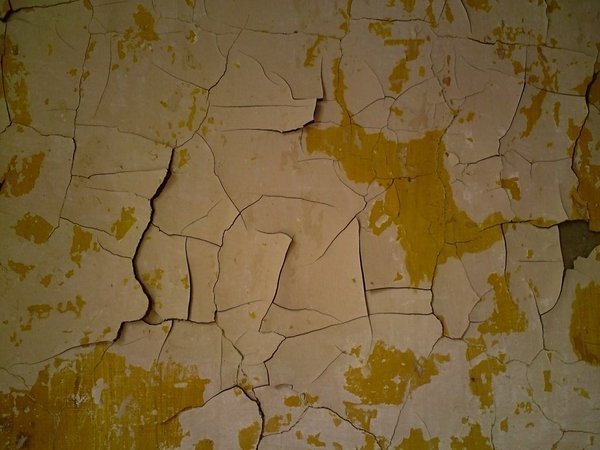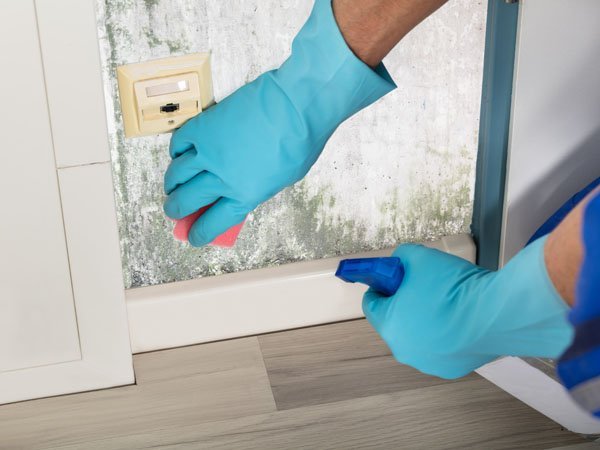Find Out How To Paint Over Oil Paint Without Hurting Your Massachusetts Home.
You can paint acrylic over oil paint pretty easily actually. All you have to do is follow the 7-step process in this blog post!
Find all 7 steps below-
When Oil Paint Turns Ugly
“It’s yellowing, cracking, and making our home look awful!” Daniel points out.
Ashley gasps in shock. She’d thought something was wrong but hadn’t seen what until Daniel pointed it out. Their walls are turning ugly!

“The oil paint is aging, and it doesn’t age well. We could paint over it with oil again, but I think it’d be better to switch to an acrylic paint,” Daniel suggests. Ashley sighs sadly. “But the oil paint looks so good! Plus we’d need to look up how to paint acrylic over oil paint.”
Daniel nods. “True, but it’ll be worth it for sure, especially if we use the right sheen paint for walls. Here, I’ll show you why.” He pulls out his phone and looks up the differences between oil and acrylic paints.
Here is what he shows Ashley.
Oil vs Acrylic Paint For Homes
Oil-base paints give a beautiful sheen, a glass-like finish, and since you can sand the walls between coats you’re left with an amazing looking paint job.
But it’s not all sunshine and flowers.
When oil paint gets old it can look as bad as it was good. It can turn an ugly yellowish color from old age. The paint becomes dry and brittle over the years. So many cracks can appear you’d think it went through an earthquake!
Oil-based paints require longer drying times between coats, you can get solvent headaches from the fumes, and there’s a labor-intensive clean-up procedure. You must also know how to perfectly thin and manipulate the product to get a beautiful finish. This can take years of practice.
Acrylic paints may not have the same beauty, but that doesn’t mean they aren’t beautiful. They dry quickly, don’t have a weird smell, aren’t as harmful, and can last much longer.
Acrylic paint is basically everything oil-based paint isn’t.
“That’s good to know! Now, let’s look up how to paint acrylic over oil paint,” says Daniel.
How To Paint Acrylic Over Oil-Based Paint
- Prepare the room for painting
- Scrape off any peeling oil-based paint
- Lightly sand the scraped areas
- Repair any damages to the wall
- Clean the wall
- Prime and sand
- Paint with 2 coats of acrylic paint

You’ll want to know how to prepare a room for painting. It makes less mess for you to have to clean in the end.
Use 120g sandpaper or a ‘fine’ sanding sponge. This gives the wall some grip for the paint to grab on to. You’ll know you’re done when all surfaces look hazy or your hand thoroughly cramps up.
Cleaning the walls helps get rid of dust, dirt, and anything else that gets between the paint and wall. If it isn’t clean your paint can peel or crack faster. You will want to use the best way to clean painted walls.

Priming makes sure the paint sticks to the wall better. A quality bonding primer, such as UMA®, can be used. You can also use an oil-based primer such as Ben Moore Fresh Start. Avoid water-based primers! Oil-based paints and water-based primers will mix about as well as, well, oil and water.
You May Also Like To Read
“Alright, now let’s start painting these walls back to beautiful!” Daniel says excitedly. “Sounds great to me! But, maybe we should look around this website more. We might find some more information we need,” suggests Ashley.
